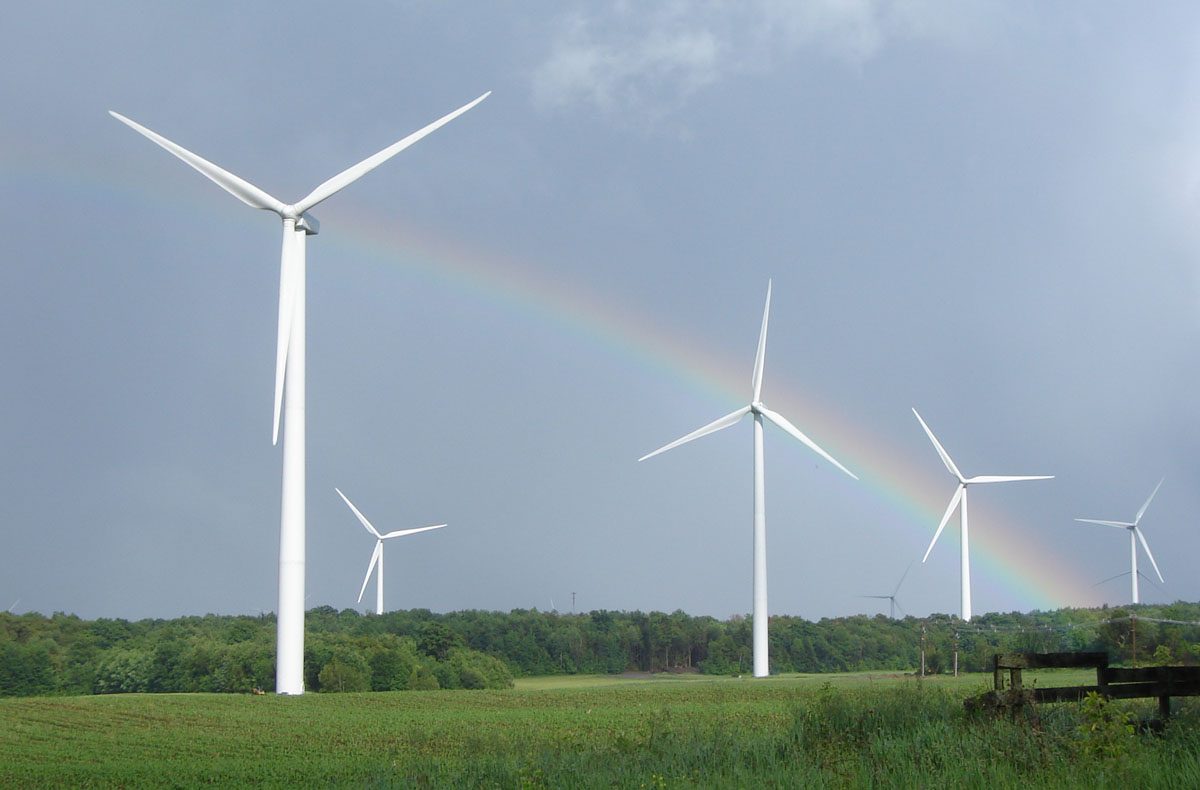Wind energy is generally considered a clean and environmentally friendly source of electricity generation. However, like any form of energy production, it does have both positive and negative impacts on the environment. Here are some key points regarding the impact of wind energy on the environment:
Positive Environmental Impacts:
- Reduced Greenhouse Gas Emissions: Wind energy generates electricity without emitting greenhouse gases like carbon dioxide (CO2) or other air pollutants. This helps reduce the overall carbon footprint of the energy sector, contributing to climate change mitigation.
- Air Quality Improvement: Wind power does not produce harmful air pollutants such as sulfur dioxide (SO2), nitrogen oxides (NOx), or particulate matter, which can have adverse effects on human health and the environment.
- Conservation of Water Resources: Unlike many other forms of power generation (e.g., coal or nuclear), wind turbines do not require significant amounts of water for cooling or other operational purposes. This helps conserve water resources, which is particularly important in areas prone to drought.
- Land Use Efficiency: Wind farms can often share land with other uses, such as agriculture. This dual use of land minimizes the environmental impact by reducing the need for additional land development.

Negative Environmental Impacts:
- Wildlife Impact: Wind turbines can pose risks to wildlife, particularly birds and bats. Collisions with rotating turbine blades can lead to bird and bat fatalities, although efforts are made to mitigate these risks through proper siting and technology improvements.
- Habitat Disruption: The construction and maintenance of wind farms can disrupt local ecosystems and wildlife habitats. Careful site selection and environmental impact assessments are critical to minimizing such disruptions.
- Aesthetic and Noise Concerns: Some people find wind turbines visually unappealing and may complain about the noise they generate. While noise pollution is generally low, it can still be a concern for nearby residents.
- Infrastructure and Manufacturing Impacts: The production and installation of wind turbines require resources and energy, which have environmental impacts. Additionally, the disposal of older turbine components at the end of their lifespan can be a challenge.
Overall, wind energy is considered one of the least environmentally harmful forms of electricity generation when compared to fossil fuels. However, it is essential to strike a balance between harnessing wind energy for its many benefits and minimizing its negative environmental impacts through responsible planning, siting, and ongoing research and development to mitigate potential issues.

